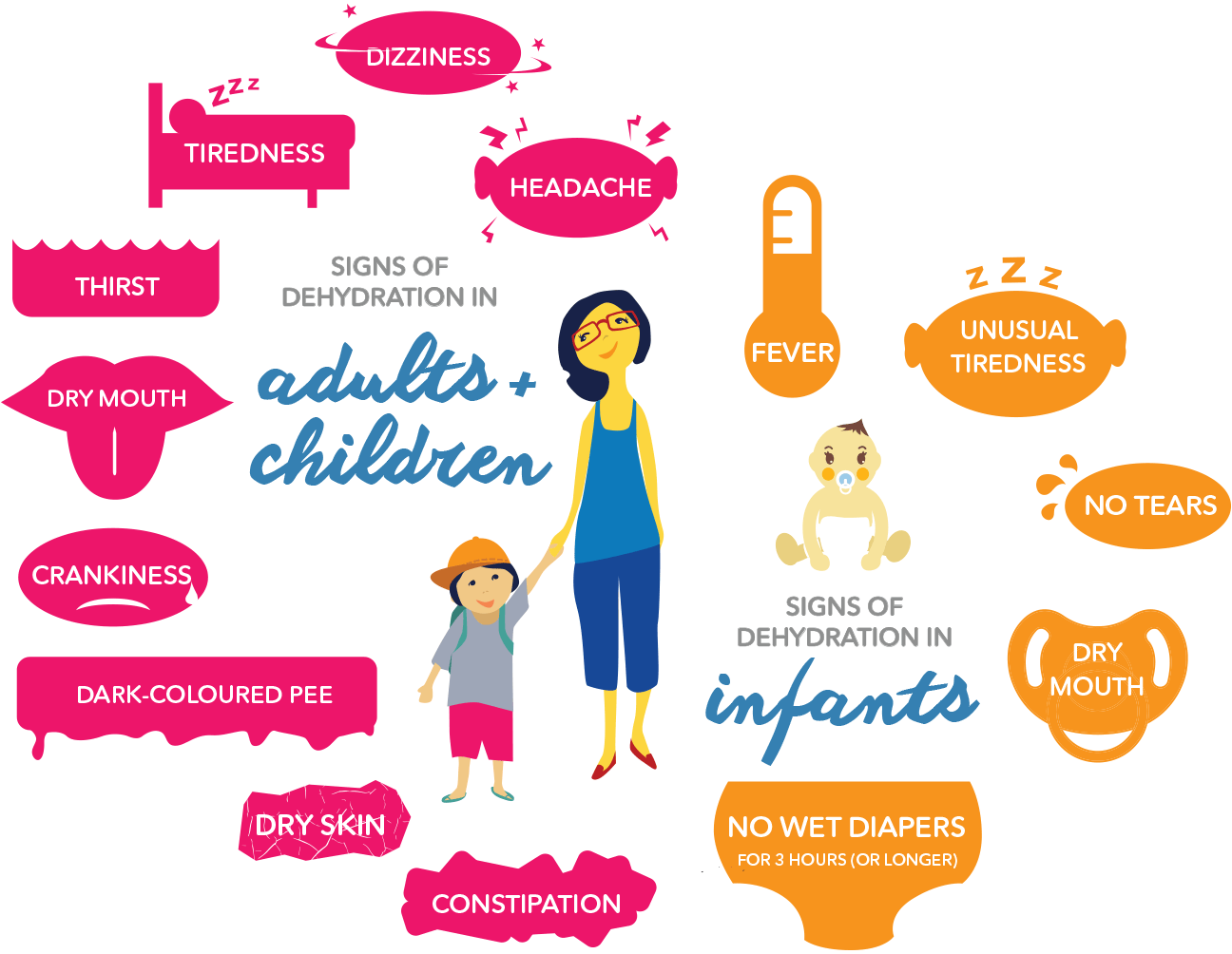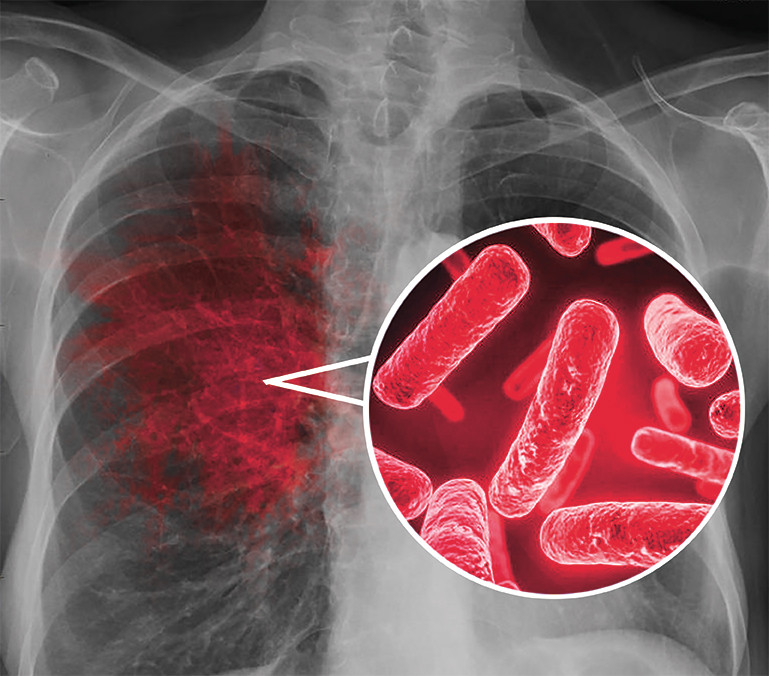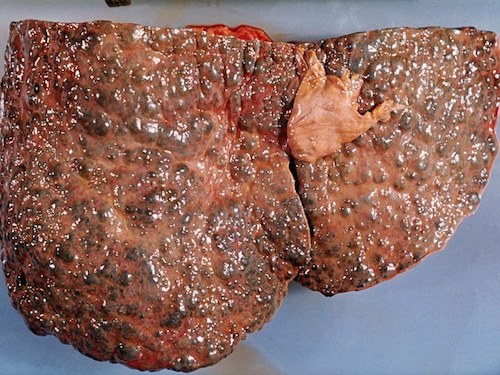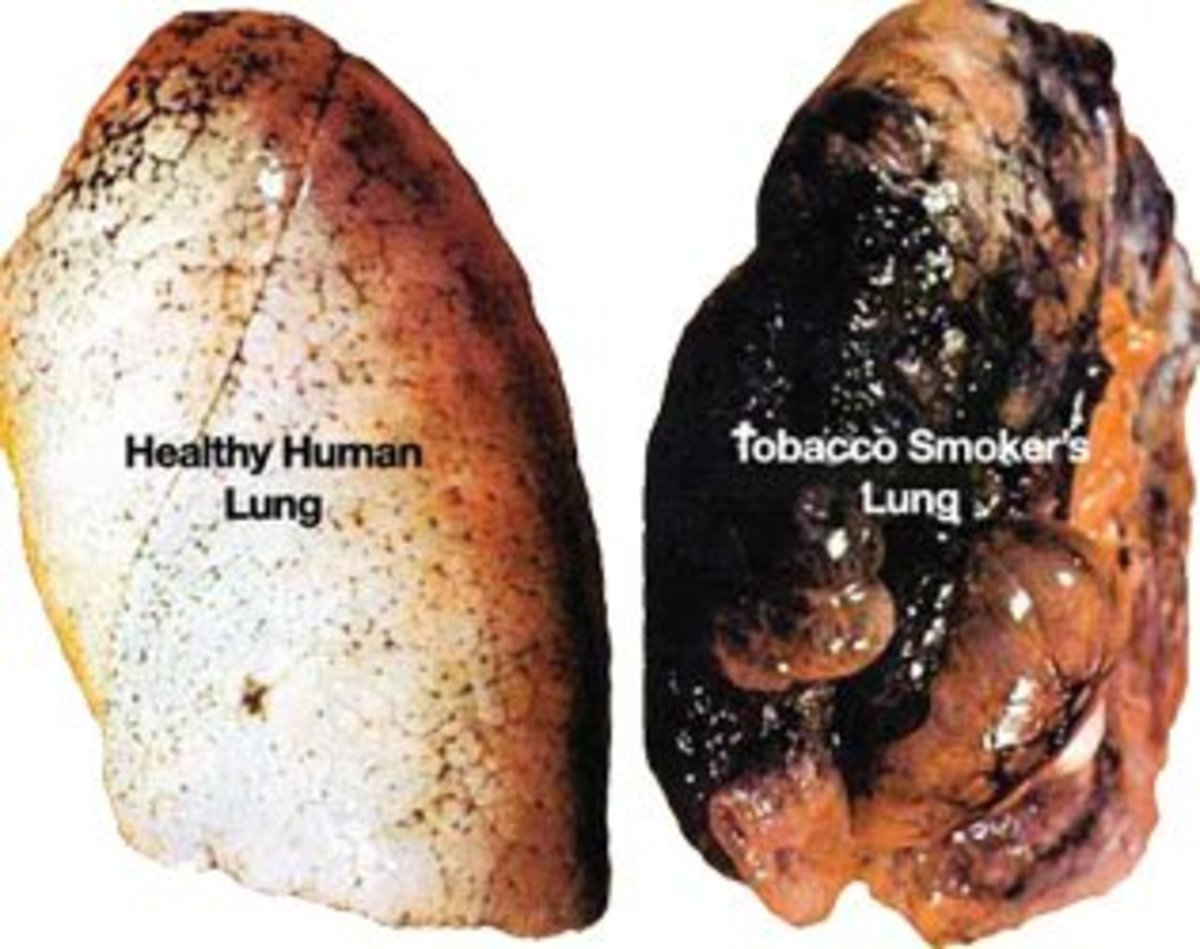Top 10 Deadliest Diseases
Medical | Medical Information | Medical Research | Medical Disease
Whenever individuals think about the deadliest diseases within the world their minds most likely jump to the fast-acting, incurable ones that grab headlines from time to time. Many of those sorts of diseases don’t rank within the prime ten causes of worldwide deaths.
Whenever individuals think about the deadliest diseases within the world their minds most likely jump to the fast-acting, incurable ones that grab headlines from time to time. Many of those sorts of diseases don’t rank within the prime ten causes of worldwide deaths.
1. Coronary
Artery Disease / Heart Disease:
The leading cause of death, mortality rates
have declined in many European countries and in the United States. This may be
due to better public health education, forms of prevention, and access to healthcare.
Cardiovascular disease (CVD) may be a general term for conditions touching the
guts or blood vessels. It’s usually associated with a buildup of fatty deposits
inside the arteries and an increased risk of blood clots.
Risk factors for Coronary Artery Disease /
Heart Disease include:
• HIGH
BLOOD PRESSURE
• HIGH
CHOLESTEROL
• SMOKING
• FAMILY
HISTORY OF CAD
• DIABETES
• BEING
OVERWEIGHT
2. Dehydration:

Water may be a essential part of the body, and keeping
the body adequately hydrous may be a should to permit the body to perform. Up
to hr of the body's weight is created from water. Most of the water is found
among the cells of the body (intracellular space). The rest is found within the
extracellular house, that consists of
the blood vessels (intravascular space) and also the areas between cells
(interstitial space).
Risk factors for Dehydration (Diarrheal Diseases)
include:
• LIVING IN
AN AREA WITH POOR SANITARY CONDITIONS
• NO ACCESS
TO CLEAN WATER
• MALNOURISHMENT
• A WEAKENED
IMMUNE SYSTEM
3. Tuberculosis:

Some people are infected with the TB bacteria but don’t
experience symptoms. This condition is known as latent TB. TB will keep dormant
for years before developing into active TB sickness. Active TB typically causes
many symptoms that are most commonly related to the respiratory system,
including coughing up blood or sputum (phlegm). You may experience a cough that
lasts for over three weeks and pain when coughing or with normal breathing.
Risk factors for Tuberculosis include:
• DIABETES
• HIV
INFECTION
• A LOWER
BODY WEIGHT
• PROXIMITY
TO OTHERS WITH TB
• REGULAR USE
OF CERTAIN MEDICATIONS LIKE CONTORTIONISTS OR DRUGS THAT SUPPRESS THE IMMUNE
SYSTEM
4. Cirrhosis:

Cirrhosis may be a chronic (ongoing, long-term) sickness
of the liver. It suggests that scarring to the traditional liver tissue that
keeps this necessary organ from operating because it ought to. If the damage is
not stopped, the liver gradually loses more of its ability to carry out its
normal functions. This is referred to as liver failure, typically stated as
end-stage disease. Cirrhosis may be a slowly developing sickness during which
healthy liver tissue is replaced with connective tissue. The scar tissue blocks
the flow of blood through the liver and slows the liver’s ability to process
nutrients, hormones, drugs and natural toxins (poisons). It also reduces the
production of proteins and other substances made by the liver. Cirrhosis eventually
keeps the liver from working properly.
Risk factors for Cirrhosis include:
• CHRONIC
ALCOHOL USE
• FAT
ACCUMULATION AROUND THE LIVER
• CHRONIC
VIRAL HEPATITIS
5. Alzheimer’s
disease:

The most common type of dementia. A progressive sickness
starting with delicate amnesia presumably resulting in loss of the flexibility
to hold on a voice communication and reply to the setting. Involves components
of the brain that management thought, memory, and language and can seriously
affect a person’s ability to carry out daily activities. Although scientists
area unit learning additional a day, right now, they still don't understand
what causes Alzheimer’s sickness.
Alzheimer sickness (AD) may be a neurode generative
disorder marked by psychological feature and behavioral impairment that
considerably interferes with social and activity functioning. It is AN
incurable sickness with an extended diagnosis amount and progressive course. In
AD, plaques develop within the hippo campus, a structure deep in the brain that
helps to encode memories, and in other areas of the cerebral cortex that are
involved in thinking and making decisions. Whether plaques themselves cause AD
or whether or not they area unit a by-product of the AD method remains unknown.
Risk factors for Alzheimer’s disease include:
• BEING OLDER
THAN 65
• A FAMILY
HISTORY OF THE DISEASE
• INHERITING
GENES FOR THE DISEASE FROM YOUR PARENTS
• EXISTING
MILD COGNITIVE IMPAIRMENT
• DOWN
SYNDROME
• UNHEALTHY
LIFESTYLE
• BEING FEMALE
• PREVIOUS
HEAD TRAUMA
6. Diabetes:
Diabetes may be a cluster of diseases that have an effect
on internal secretion production and use. In type 1 diabetes, the pancreas
can’t produce insulin. The cause isn’t known. In type 2 diabetes, the pancreas
doesn’t produce enough insulin, or insulin can’t be used effectively. Type two
polygenic disease may be caused by variety of things, including poor diet, lack
of exercise, and being overweight.
There are three Types of Diabetes:
Type I diabetes: additionally called ketosis-prone
diabetes, this type occurs when the body fails to produce insulin. People with
kind I polygenic disease area unit insulin-dependent, which means they must
take artificial insulin daily to stay alive.
Type two polygenic disease: kind two diabetes affects the
manner the body uses internal secretion. While the body still makes internal
secretion, unlike in type I, the cells in the body do not respond to it as
effectively as they once did. This is the foremost common sort of polygenic
disease, according to the National Institute of Diabetes and Digestive and
Kidney Diseases, and it has strong links with obesity.
Gestational diabetes: this kind happens in girls
throughout gestation once the body will abate sensitive to internal secretion.
Gestational polygenic disease doesn't occur all told girls and typically
resolves once parturition
Risk factors for Diabetes include:
• EXCESS BODY
WEIGHT
• HIGH BLOOD
PRESSURE
• OLDER AGE
• NOT
EXERCISING REGULARLY
• AN
UNHEALTHY DIET
7. Lung
Cancers:

There area unit 2 major kinds of carcinoma, non-small
cell lung cancer (NSCLC) and small cell lung cancer (SCLC). Staging carcinoma
is predicated on whether or not the cancer is native or has unfold from the
lungs to the humor nodes or different organs. Because the lungs area unit
massive, tumors can grow in them for a long time before they are found. Even
once symptoms, such as coughing and fatigue; do occur, people think they are
due to other causes. For this reason, early-stage carcinoma (stages I and II)
is troublesome to notice.
Seven Symptoms of Lung Cancer:
• PERSISTENT
COUGH
• SHORTNESS
OF BREATH
• HOARSENESS
• BRONCHITIS
• CHEST PAIN
• UNEXPLAINED
WEIGHT LOSS
• BONE PAIN
8. Lower
respiratory infections:
A lower infection will confer with respiratory disorder
or respiratory illness. Symptoms include fever, shortness of breath, and
coughing. Lower metastasis infections square measure sicknesses that have an
effect on the systema respiratorium below the throat. Any infection that
affects the lungs and lower airways square measure thought-about a lower
infection. The most common and well-known lower metastasis infections square
measure respiratory illness and respiratory disorder, moreover as bronchitis in
youngsters.
Risk factors for lower respiratory infection include:
• THE FLU
• POOR AIR
QUALITY OR FREQUENT EXPOSURE TO LUNG IRRITANTS
• SMOKING
• A WEAK
IMMUNE SYSTEM
• CROWDED
CHILDCARE SETTINGS, WHICH MAINLY AFFECTS INFANTS
• ASTHMA
• HIV
9. Stroke:

Stroke may be a un-wellness that affects the arteries
resulting in and inside the brain. It is the No. 5 reason behind death and a
number one reason behind incapacity within the u. s.. A stroke happens once a vase that carries
chemical element and nutrients to the brain is either blocked by a clot or
bursts (or ruptures). Knowing the signs of a stroke is that the commencement in
stroke interference. A stroke, typically known as a "brain attack,"
happens once blood flow to a locality within the brain is interrupt. The brain
cells, empty the chemical element and aldohexose required to survive, die. If a
stroke isn't caught early, permanent brain harm or death may result.
Risk factors for stroke include:
• HIGH BLOOD
PRESSURE
• FAMILY
HISTORY OF STROKE
• SMOKING,
ESPECIALLY WHEN COMBINED WITH ORAL CONTRACEPTIVES
• BEING
FEMALE
10. Chronic obstructive pulmonary disease (COPD):
Chronic clogging respiratory organ unwellness (COPD) may
be a chronic condition within which there's a slow, progressive obstruction of
airflow into or out of the lungs. The primary reason behind chronic clogging
respiratory organ unwellness is cigarette smoking and/or exposure to tobacco
smoke. Other causes embrace pollution, infectious diseases, and genetic
conditions. The risk factors of COPD are increased by smoking tobacco,
secondhand smoke, air pollution, alpha-1 antitrypsin deficiency and a few other
conditions.
Chronic respiratory disorder, emphysema, asthma, and
infectious diseases can contribute to the development of chronic obstructive
pulmonary disease.
A variety of medications square measure accustomed treat
COPD and there's no "best" medicine for all folks. Each person's COPD
is completely different and your doctor and attention team can work with you to
line up the most effective commit to address your symptoms and wishes.
By taking the correct medication at the correct time, you
can:
• Breathe
better
• Do more of
the things you enjoy
• Have fewer
flare-ups or exacerbation
